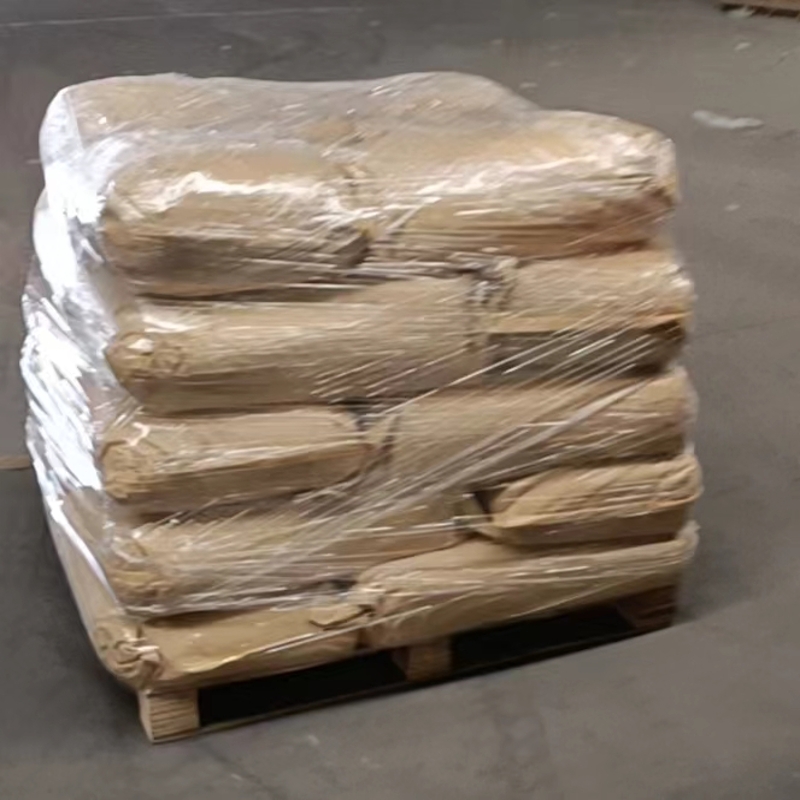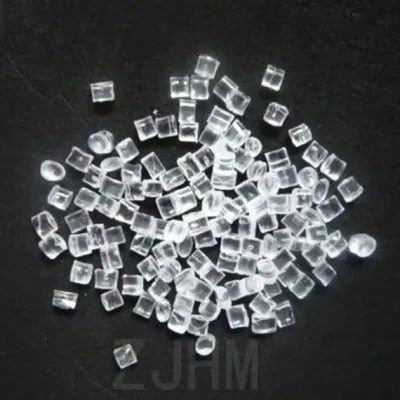-
Categories
-
Pharmaceutical Intermediates
-
Active Pharmaceutical Ingredients
-
Food Additives
- Industrial Coatings
- Agrochemicals
- Dyes and Pigments
- Surfactant
- Flavors and Fragrances
- Chemical Reagents
- Catalyst and Auxiliary
- Natural Products
- Inorganic Chemistry
-
Organic Chemistry
-
Biochemical Engineering
- Analytical Chemistry
-
Cosmetic Ingredient
- Water Treatment Chemical
-
Pharmaceutical Intermediates
Promotion
ECHEMI Mall
Wholesale
Weekly Price
Exhibition
News
-
Trade Service
A few days ago, US defense contractor Lockheed Martin revealed that they are developing an airborne "supersonic" laser cannon, designed for the Defense Advanced Research Projects Agency and the U.
S.
Air Force Research Laboratory, which can enable fighter jets to fire lasers to destroy targets
in near-supersonic flight.
The Supersonic laser cannon uses state-of-the-art aerodynamic technology to minimize the impact
of atmospheric movement on the laser beam.
In addition, the laser cannon is equipped with an optical compensation system that uses deformable mirrors to ensure that the laser can penetrate the atmosphere and reach the target
.
The company conducted nearly 60 flight tests in 2014 and 2015, confirming that the laser cannon can fire
in any direction in near-supersonic conditions.
The new laser cannon will give tactical aircraft the same laser weapon system advantages
as road-based armed vehicles and warships.
A few days ago, US defense contractor Lockheed Martin revealed that they are developing an airborne "supersonic" laser cannon, designed for the Defense Advanced Research Projects Agency and the U.
S.
Air Force Research Laboratory, which can enable fighter jets to fire lasers to destroy targets
in near-supersonic flight.
The Supersonic laser cannon uses state-of-the-art aerodynamic technology to minimize the impact
of atmospheric movement on the laser beam.
In addition, the laser cannon is equipped with an optical compensation system that uses deformable mirrors to ensure that the laser can penetrate the atmosphere and reach the target
.
The company conducted nearly 60 flight tests in 2014 and 2015, confirming that the laser cannon can fire
in any direction in near-supersonic conditions.
The new laser cannon will give tactical aircraft the same laser weapon system advantages
as road-based armed vehicles and warships.







